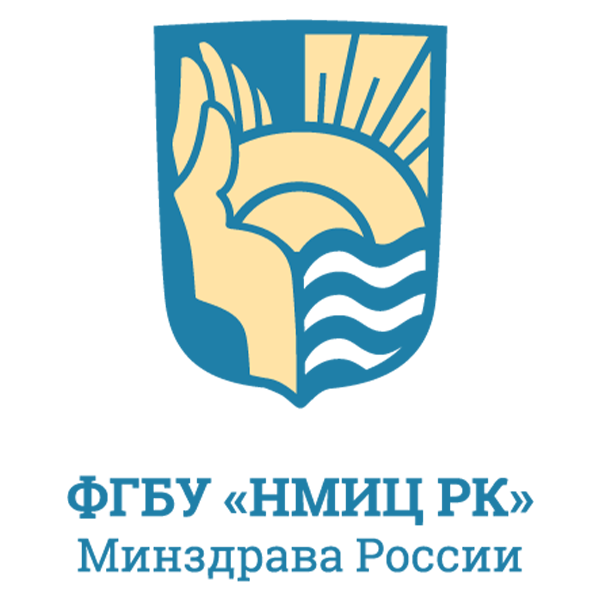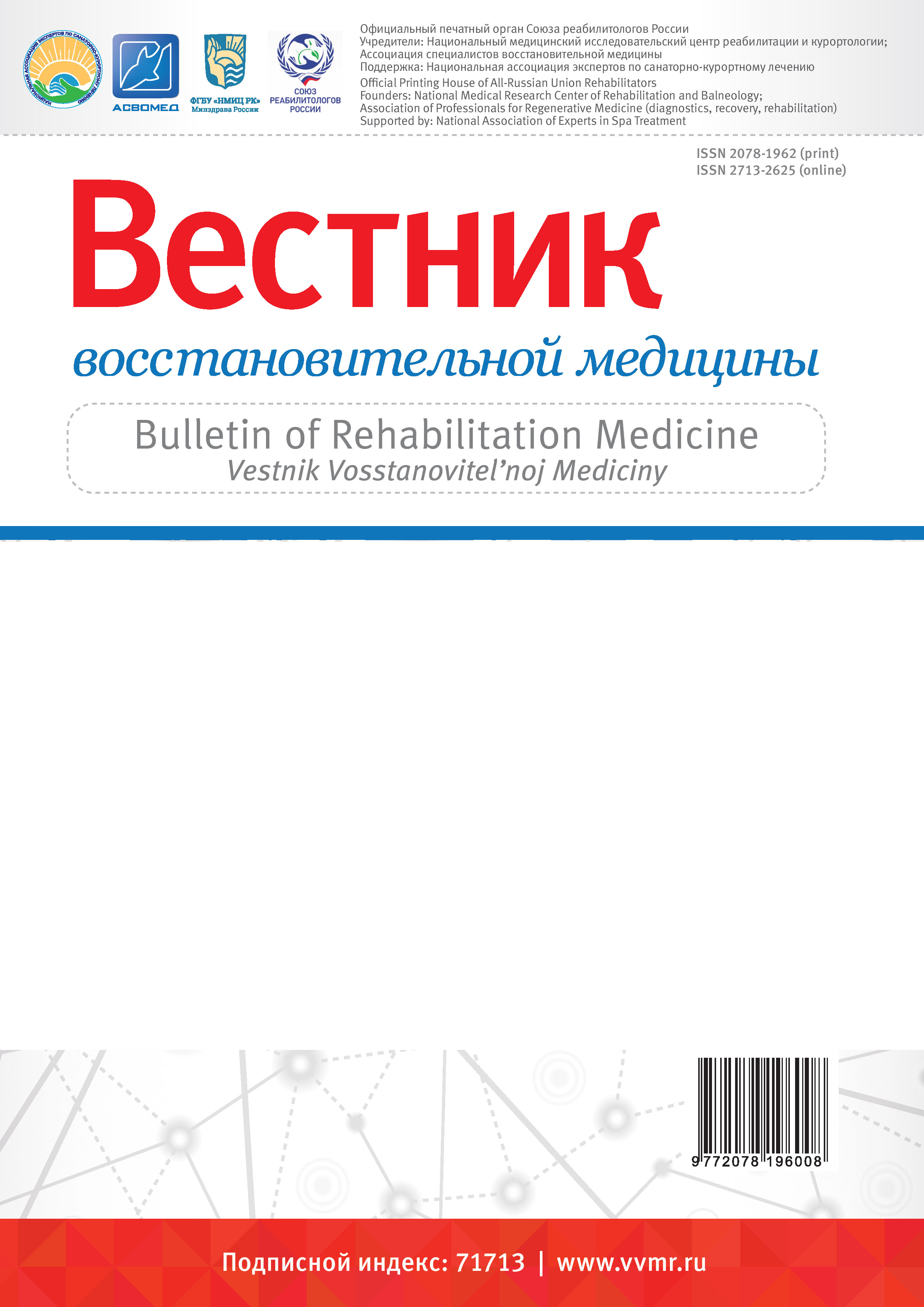Текст (PDF):
Читать
Скачать
Thermal medicine is one of the oldest forms of western therapy and, in that respect, should be considered as a traditional medicine (according to the definition of the World Health Organization). Based on the above, the “Thermae” as an integrated set of natural resources, facilities, and services, can be seen as a meeting point among different forms of medical culture to offer therapy and rehabilitation, as well as health preservation options. In different traditions and cultures, this is where people could find relief from their ailments, as well as the opportunity to exercise and develop their physical and sport capabilities, to meet and socialize. With the use of water for therapeutic purposes, whose sources were often connected, in different forms, to mythological or sacred events, and with the scientific, economic, and social development of populations in time, thermalism experienced ups and downs in its different applications - including medical and scientific, architectural, and management ones. Today, with the huge progress of scientific medicine, the use of a medium (water) that is apparently simple, yet complex and not at all thoroughly investigated, may seem redundant, if not unnecessary. In the age of pharmacogenomics, metabolomics, lipidomics, and highly sophisticated diagnostic and surgical techniques, in fact, the role of the Thermae can appear at best out of fashion. Indeed, a more comprehensive definition of the physical and psychic wellbeing of people calls for the acknowledgement of a deep transformation of some key words of the welfare system. According to the new construction of such term, a shift is under way from the State that only provides assistance and treats diseases (the citizen-user of the healthcare system with a passive role) to the Welfare Community (if we are sick we become partners of treatment, if we are healthy our individual prevention becomes a benefit for the community). Health, then, does not identify the treatment of the disease, but rather the promotion of well-being and the development of personal skills, taking into account the different individual conditions. It is a true revolution that affects healthcare organization models by shifting the focus from the acute phase to primary and secondary prevention, to the promotion of appropriate lifestyles, and to relations between health, safety, and the living and working environment (White Paper of the Ministry of Health: The future of the welfare model, 2009). Therefore thermalism should not only be judged in terms of therapeutic efficiency, but also as a means for prevention and active contrast to medicalized lifestyles, i.e. in favour of health and well-being preservation (with subsequent drug-economy benefits) (Agenda of the Ministry of Health: Gaining health). In short, changing from a static idea of the thermal establishment (solely focused on hydrotherapy) to a dynamic idea of thermal approach aimed at well-being, which also includes the former. It should also be noted that the onset of a disease often does not depend on one cause, but rather on multiple combined factors (e.g. pollution, nutrition, psychological conditions, prior diseases, etc.). Acting on these and on their negative impact on the body would finally mean implementing true disease prevention. Medicine, in fact, is (or perhaps should be) aimed at dealing with ill people to help them recover, and with healthy people to help them preserve their health. Integrated Thermal Medicine, which leverages on the technical and classic know how of medical hydrology and climatology combined, wherever necessary, with traditional therapeutic treatments and techniques based on other medical principles (e.g. traditional Chinese or Indian medicine, phytotherapy, etc.), should see man as a whole, and refuse to focus on one part or one organ, but rather aim at restoring both the ill part and the functional balance of the entire body. Integration, rather than alternative. However, it is important to note that these are medical deeds that should be performed by professional and qualified operators, supported by specialized and appropriately trained staff. This would be a practical proposal to respond to actual sector-specific needs. Today the missions of the Italian and European Thermal System can be summarized as follows: 1. European thermal tradition: innovate and implement to ensure the appropriate application of therapeutic and complementary treatments of Integrated Thermal Medicine. 2. Base and clinical research: use base and clinical research to strengthen and enhance the action mechanisms, the therapeutic efficiency, and the related drug-economy business of thermal treatments 3. Complementary Medicine: develop the themes of Complementary Medicine capable to promote the development of medicine as a whole through the recovery of its human and holistic traits 4. Well-being sciences: train and update specialists on the therapeutic role of the Thermae, as well as on approaches to wellness (physical exercise, nutrition, appropriate lifestyles) 5. Technology, management, and quality control: provide updates and advanced skills, also through practical workshops for specialists in the different sectors. This development of the concept of thermalism and of its role in modern society is also highlighted by market trends at times of economic stagnation, like the present one. Italy has over 380 Thermal Establishments in 20 Regions and 170 Cities, with more than 60,000 direct and indirect operators. Establishment distribution sees Campania rank first (113), followed by Veneto (109), Emilia Romagna (24), Tuscany (23), Latium (18), and Lombardy (16). In short, a constant and interesting growth trend is in place that, however, should also be governed through innovation and quality control to ensure stability in the light of international challenges. These two important elements call for investments to modernize the existing facilities and technologies; for research and sustainable exploitation of water resources; for new marketing and management forms, as well as - particularly - for research and staff training (at all levels and functions). These are crucial issues both for appropriate execution of the proposed therapeutic and complementary treatments (e.g. beauty treatments and techniques from other cultures), more and more often included in integrated thermal medicine, and to ensure that guests (customers-patients) can enjoy safe, effective, and professional quality. The HYDROGLOBE project (see also the FULL RAPPORT))on the home page of FEMTEC www.femteconline.org The above remarks provide a basis inspiring the main parties (Committing and Committed Committees) involved in the Hydroglobe project, i.e. the World Federation of Hydrotherapy and Climatology (FEMTEC), a non-governmental organization founded in 1937 with official relations with the World Health Organization (WHO), which provided technical-methodological support, the Experts of the International Medical Hydrology Association (ISMH) and, particularly FoRST (the Foundation for Scientific Research on Thermalism), without whose coordination and support the project could not have been implemented. In over one year of efforts, the Experts have prepared a general organizational and scientific overview of thermalism around the world. The results of the study respond to the following main goals of the project: · Prepare a definition, shared by the highest possible number of people, of what should be intended by the term HT and which theories, methods, instruments, and products it includes; · Describe the long-standing historical usage tradition and the broad area of diffusion of the method, by which it falls among the oldest and most widespread Traditional Medicines in the world; · Describe the methods used by Hydrotherapy and the relevant action mechanisms; · Collect and process data on the use and diffusion of HT in various countries; · Explore the legal status of HT in different countries; · Carry out a research on the scientific literature available on HT to document its safety, efficacy, and appropriate use; · Provide a monitoring survey and data to the World Health Organization on the legal status of HT in the different countries in order to allow an evaluation of the global use of this medicine. It is a base and direction paper that the WHO deemed it appropriate to include in the strategic lines for Traditional Medicines for the 2014-2023 period, stressing the relevant significant opportunities and development issues. It is also a strategic tool for Governments in broad regions around the world (Central/Latin America, China, Central Asia), which are directing their own National Health Systems towards greater use and integration of thermal medicine. The organizations participating to the project, supported by FoRST, provide their expertise and their achievements to ensure a broader qualified, operational, and responsible diffusion of thermal medicine around the world. In short, the “Hydroglobe Report” is offered as a tool to identify a scientific-organizational method to reintroduce processes on which traditional and Hippocratic medicines were founded, and which we have partly lost. The Thermae, in their latest version (4.0 according to the IT language), are well determined to regain their role focused on treatment and the promotion of health and well-being using a strictly scientific and professional approach.





